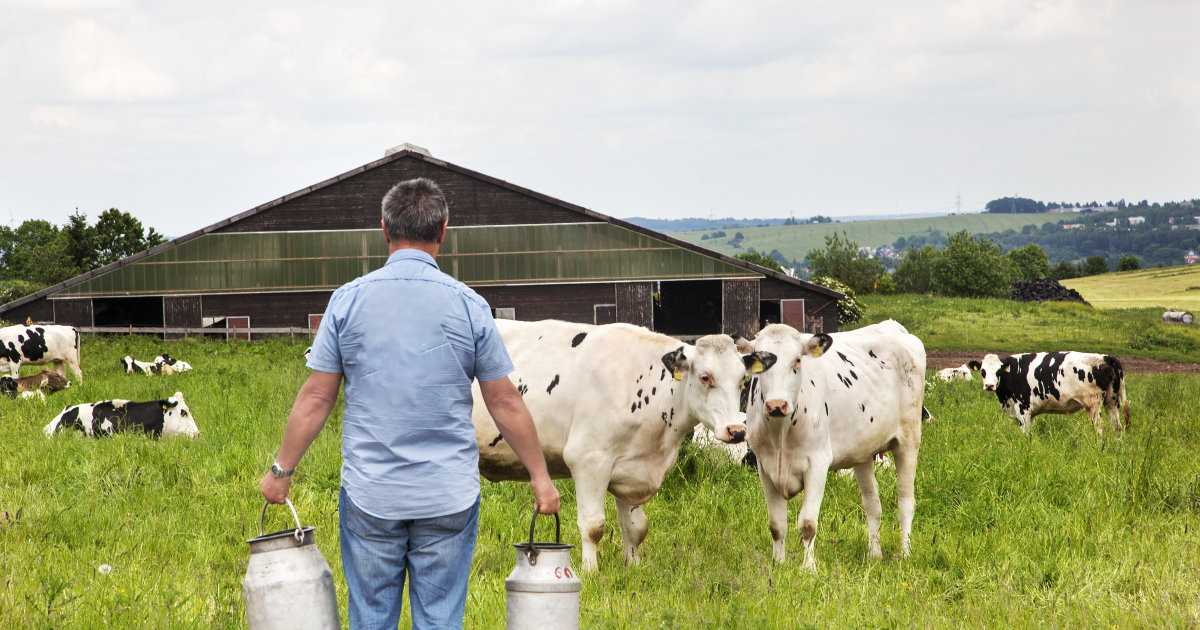What Are The Risk Factors And Complications Of Q Fever?
Q fever or query fever is an infection caused by bacteria transmitted from animals to humans. The bacterium responsible for causing Q fever is called Coxiella burnettii. It originates in ticks and is transmitted to livestock. Humans can contract the infection when they are exposed to particles of air contaminated with it, or when they come in contact with any bodily fluids or feces of an infected animal. Symptoms of Q fever begin to manifest between fourteen and twenty-one days after initial exposure. Acute query fever mimics the symptoms of the flu, and hepatitis or mild pneumonia are complications commonly seen with it. Most individuals are able to fight off the infection after a round of antibiotics, but some individuals may develop chronic Q fever.
Get familiar with the risk factors and complications associated with Q fever now.
Certain Locations And Occupations

Certain locations and occupations can make an individual more likely to contract Q fever than others. Individuals in occupations that require frequent contact with livestock including veterinarians, meat packers, farmers, stable hands, and slaughterhouse workers are at an increased risk. Common animals Q fever has been found in include goats, sheep, cattle, fish, camels, dogs, and guinea pigs. In addition, individuals who live in specific geographical locations are more likely to contract Q fever. Those who live in close proximity to a farming facility or farm are at an increased risk, as are individuals who live in the states of Texas, Colorado, California, and Illinois. Direct exposure occurs when an individual breathes in particles released by an infected animal. Direct exposure occurs when an animal is being slaughtered, giving birth, being examined, or any other activity involving direct contact with the animal. Indirect exposure occurs when the bacterium survives outside of its host for up to ten months. Coxiella burnettii can survive and spread long distances in the form of contaminated dust, hay, soil, and unpasteurized milk.
Uncover more risk factors and complications of Q fever now.